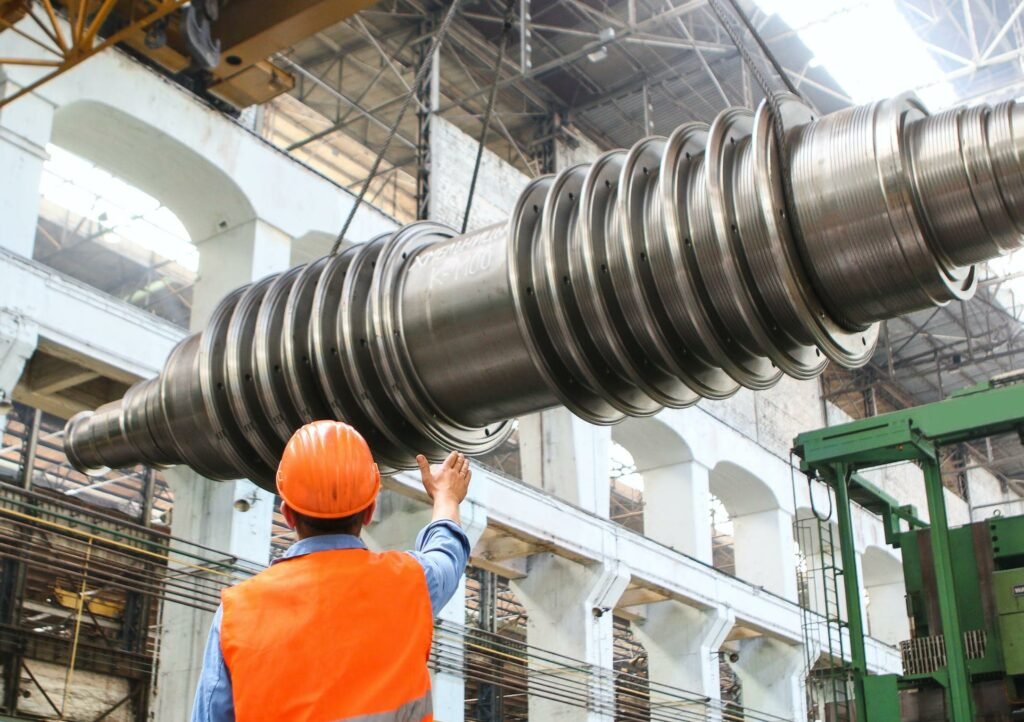Are you ready for the future of manufacturing and production efficiency? If so, then linear actuators may be what your business needs. Linear actuators are quickly becoming an essential component in many manufacturing systems due to their incredible capacity to improve overall efficiency and save money. Explore how they work and learn the potential benefits they offer for operational effectiveness and financial gain.
Linear actuators are widely used in modern manufacturing systems to improve overall system efficiency and cost savings. By taking advantage of this technology, manufacturers can maximize their output while reducing energy costs. You can learn more about their dimensions and diversity by clicking on the link https://www.progressiveautomations.ca/collections/linear-actuators.

What is a Linear Actuator?
A linear actuator is a device used to move objects in a straight line. It is used in both manufacturing and production systems for improved efficiency and cost savings. Linear actuators are controlled through manual input or automated programming for precise motion control. There are several types of linear actuators, including:
- Electric;
- Hydraulic;
- Pneumatic.
Each type has its advantages and disadvantages, and the choice of which to use depends on the specific application.
How Do Linear Actuators Work?
Linear actuators are devices that provide linear motion by converting rotational motion into linear motion. They consist of:
- A motor;
- A lead screw;
- A nut.
The motor rotates the lead screw, which in turn rotates the nut. The nut’s rotation is restrained by its connection to the lead screw, causing the nut to move up or down the screw. This linear motion is then used to move loads or other mechanisms.
Top Ten Benefits of Linear Actuators for Manufacturing and Production
Linear actuators provide an array of benefits for the production and manufacturing industry:
- Linear actuators offer a simple, efficient way to automate manufacturing and production processes;
- They are capable of moving heavy loads with precision and can be used in a variety of applications;
- Linear actuators are easy to install and require little maintenance;
- They are durable and have a long lifespan;
- Linear actuators are energy-efficient and can help reduce operating costs;
- They can be controlled remotely, which offers greater flexibility and efficiency;
- Linear actuators offer a safer alternative to manual labour, reducing the risk of injuries in the workplace;
- They can be used in hazardous environments where human workers cannot safely operate;
- They provide greater flexibility in terms of product design and can help reduce production costs;
- Linear actuators can improve the quality of products by ensuring consistency and accuracy in manufacturing and production processes.
Top Benefits of Linear Actuators for Financial Gain
Aside from robust performance, linear actuators provide numerous financial benefits for businesses:
#1. Reduced Costs
One of the primary benefits of linear actuators is that they can help reduce costs. Linear actuators are often used in place of hydraulic cylinders, which can be expensive to maintain and operate. Additionally, linear actuators do not require the use of oil or other fluids, which can further reduce costs.
#2. Increased Efficiency
Linear actuators are also more efficient than hydraulic cylinders. Hydraulic cylinders rely on oil or other fluids to create the force needed to move a load. These fluids can leak, resulting in lost energy and decreased efficiency. Linear actuators, on the other hand, use electricity to generate the force needed to move a load, resulting in less wasted energy.
#3. Greater Control
Linear actuators also offer greater control than hydraulic cylinders. With hydraulic cylinders, it can be difficult to control the amount of force that is applied to a load. This can result in damage to the load or the equipment being used to move it. Linear actuators offer greater control over the amount of force that is applied, making them ideal for delicate applications.
#4. Faster Response Time
Another benefit of linear actuators is that they have a faster response time than hydraulic cylinders. Hydraulic cylinders can take some time to build up enough pressure to move a load. It can be problematic in applications where a quick response is needed, such as in emergencies. Linear actuators, on the other hand, respond immediately when activated, making them ideal for such applications.
#5. They are Safer than Hydraulic Cylinders
Linear actuators are also safer than hydraulic cylinders in many applications. Hydraulic cylinders store large amounts of energy in the form of pressurized fluid. If this fluid were to leak, it could result in serious injury or even death. Linear actuators do not store energy in this way and are therefore much safer to use in many applications.
The rapid growth of the manufacturing and production industries has led to an increased demand for linear actuators. They are particularly well-suited for applications that require high levels of reliability and performance. So, if you need them, make a sound investment in linear actuators to provide benefits to your business and employees.




















